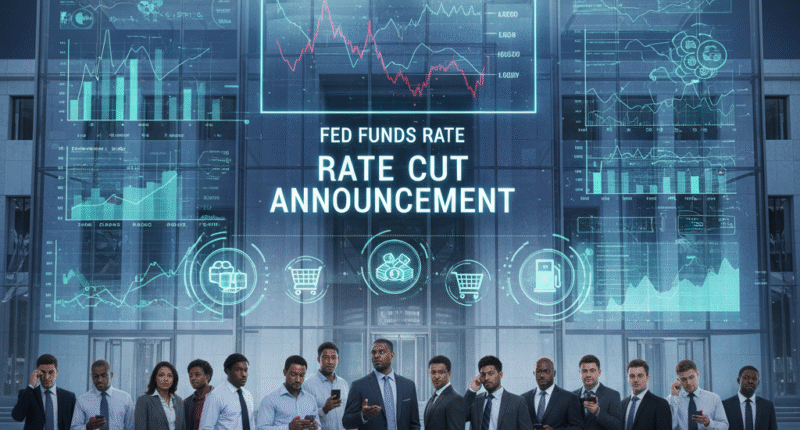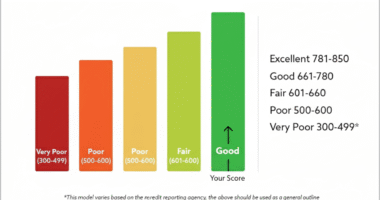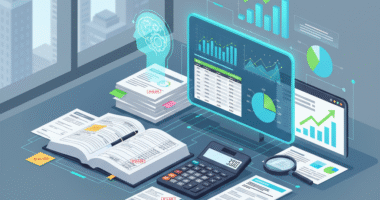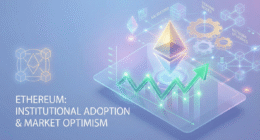Introduction: Federal Reserve and Inflation Take Center Stage
October 2025 is shaping up to be a critical month for financial markets and the global economy. The Federal Reserve’s stance on interest rate cuts and persistent inflation concerns are setting the tone for investors, borrowers, and policymakers alike. After a much-anticipated 25 basis point rate cut in September, markets and analysts are now closely watching for further policy easing as inflation pressures and economic uncertainty persist.cnbc+2
Why More Fed Rate Cuts Are Likely
Market Expectations and Policy Signals
According to CME FedWatch, markets have assigned a near-100% probability to another Fed rate cut in October—a sharp increase from previous months as the US government shutdown and mixed economic indicators add downward pressure on growth prospects. Bank of America recently moved its forecast for the next rate cut up to October, citing a softening labor market and signs of slowing economic activity.barrons+2
Fed officials, including Governor Stephen Miran, have advocated for a more aggressive easing path, emphasizing the need to support the economy amid ongoing fiscal battles and tariff effects. Yet, other policymakers have indicated a note of caution, citing inflation that is still running above the central bank’s 2% target and is proving sticky.reuters+2
Economic and Financial Context
-
The September cut brought the federal funds rate to 4.00%–4.25%, the first reduction in borrowing costs this year.tradingeconomics+1
-
Consumer confidence and capital spending both show signs of strain, while corporate earnings remain resilient.
-
Global institutions and banks expect additional rate cuts before the end of 2025, with projections suggesting a further 50bps reduction.mufgresearch+1
Inflation: Persistent Yet Nuanced
Price Pressures and Policy Dilemmas
Despite resumed easing, the Fed faces an uncomfortable truth—inflation remains persistent. Core PCE inflation forecasts for 2025 sit at 3.1%, and projections for 2026 have ticked higher to 2.6%. Several inflation drivers remain:tradingeconomics
-
Trade tariffs and fiscal stimulus have contributed to higher input costs and asset price inflation.charles-stanley+1
-
Labor markets, while cooling, still exhibit structural tightness supporting wage growth.
-
A weakening US dollar and geopolitical risks add to imported inflation pressures.
The International Monetary Fund notes a “mixed inflation picture,” as companies in the US and major trading partners absorb tariff impacts and suppressed demand from China limits global price rises. However, with inflation above target for a fifth consecutive year, the Fed faces a dilemma: cut aggressively to support growth, or proceed cautiously to avoid fueling further price increases.reuters+2
Conclusion: October’s Uncertain Balancing Act
As October unfolds, Fed rate cuts and inflation concerns will define market direction. Investors should expect heightened volatility as policymakers weigh economic risks, while households and businesses monitor borrowing costs and the real impact of persistent price pressures. The Fed’s decisions this month may determine not just the path for rates, but also the outlook for growth, employment, and asset prices heading into 2026.
Stay tuned—October could set the stage for the next phase in the US and global economic story.argentfinancial+4










1 comment
🌷🌼မင်္ဂလာပါ🌼🌷